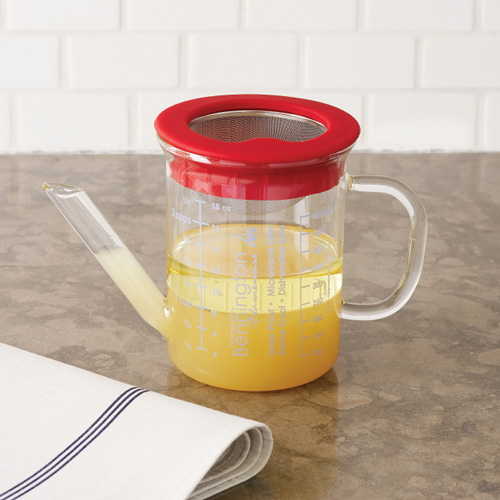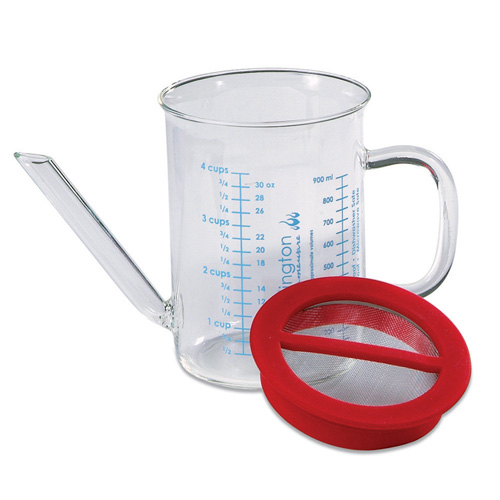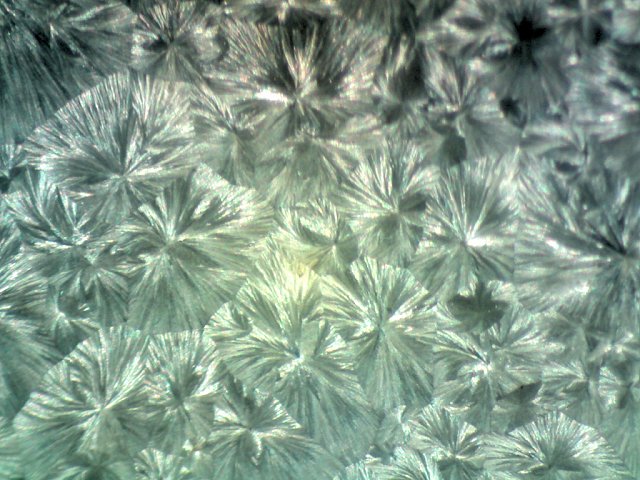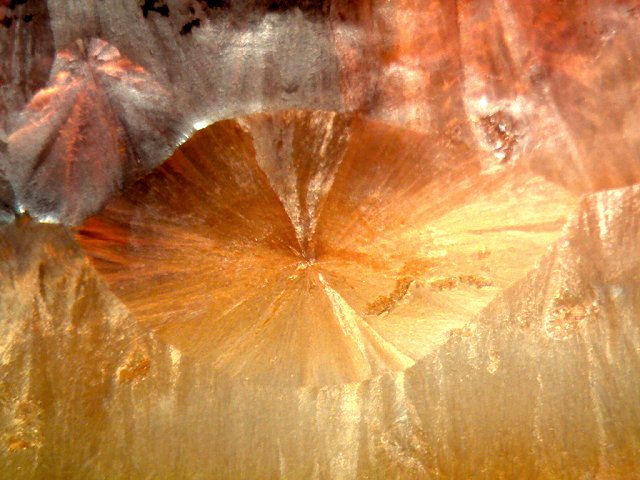Difference between revisions of "69ron's D-Limonene Mescaline Extraction"
m (→Procedure) |
TheTraveler (Talk | contribs) m (Text replace - "dmt-nexus.com" to "dmt-nexus.me") |
||
| (9 intermediate revisions by 2 users not shown) | |||
| Line 1: | Line 1: | ||
{{ShowInfo|[[Image:Note_error.png]]|'''Note:'''|This page is a transcription of 69ron's Non toxic food safe extraction of mescaline using d-limonene (orange oil) tek<ref>Non toxic food safe extraction of mescaline using d-limonene (orange oil) | {{ShowInfo|[[Image:Note_error.png]]|'''Note:'''|This page is a transcription of 69ron's Non toxic food safe extraction of mescaline using d-limonene (orange oil) tek<ref>Non toxic food safe extraction of mescaline using d-limonene (orange oil) | ||
| − | Revision 1.221[http://www.dmt-nexus. | + | Revision 1.221[http://www.dmt-nexus.me/forum/default.aspx?g=posts&t=4002]</ref>. The content is to remain accurate as such.}} |
| Line 46: | Line 46: | ||
In this section we talk about a very simple technique for cleaning up the mescaline acetate by removing the non-mescaline alkaloids. | In this section we talk about a very simple technique for cleaning up the mescaline acetate by removing the non-mescaline alkaloids. | ||
| − | Mescaline acetate is insoluble in MEK (methyl ethyl ketone). MEK is a solvent that is found in fruit, similar to d-limonene. It's a normal part of the human diet, but only in very small amounts, like acetone. D-limonene is a much safer solvent, but MEK evaporates really fast so it's easily removed from the end product. | + | Mescaline acetate is insoluble in MEK (methyl ethyl ketone). MEK is a solvent that is found in fruit, similar to d-limonene. It's a normal part of the human diet, but only in very small amounts, like acetone. D-limonene is a much safer solvent, but MEK evaporates really fast so it's easily removed from the end product. Please make sure the MEK is dry, otherwise the water content will make you lose all or most of your mescaline |
{{ ProcedureMain | Purification of Mescaline Acetate | {{ ProcedureMain | Purification of Mescaline Acetate | ||
| − | | Dissolve 200 mg of impure sticky amber mescaline acetate in 2 ml of cold MEK. | + | {{ShowInfo/In Article|[[Image:Information.png]]|'''NOTE'''| |
| + | Be absolutely sure your MEK is dry, otherwise this wont work and the MEK wash will take your mescaline away. To dry MEK, mix it thoroughly with excess magnesium sulfate (epsom salts), let stand and decant MEK away from bottom layer of magnesium sulfate | ||
| + | |0px | ||
| + | | | ||
| + | }} | ||
| + | |||
| + | | Dissolve 200 mg of impure sticky amber mescaline acetate in 2 ml of cold DRY MEK. | ||
{{ShowInfo/In Article|[[Image:Information.png]]|'''NOTE'''| | {{ShowInfo/In Article|[[Image:Information.png]]|'''NOTE'''| | ||
Cold MEK referring to Methyl Ethyl Ketone stored in the refrigerator or freezer (It will not freeze). | Cold MEK referring to Methyl Ethyl Ketone stored in the refrigerator or freezer (It will not freeze). | ||
| Line 56: | Line 62: | ||
| | | | ||
}} | }} | ||
| − | | Smash the | + | | Smash the impure mescaline finely in the MEK. You want the mescaline acetate to form a fine powder at the bottom. Wait for a while until the mescaline acetate powder sinks to the bottom. |
| Decant the MEK slowly, being careful not to disturb the mescaline acetate. | | Decant the MEK slowly, being careful not to disturb the mescaline acetate. | ||
| Repeat with 2 ml more cold MEK. | | Repeat with 2 ml more cold MEK. | ||
| Line 112: | Line 118: | ||
=== Dosage Using Gel Caps === | === Dosage Using Gel Caps === | ||
| + | |||
| + | ''' | ||
| + | DISCLAIMER: THIS INFORMATION ABOUT GEL CAPS DOSAGING IS NOT ACCURATE! Others have measured and this information is NOT correct. A 00 capsule has been made to fit 1.5g crude mescaline acetate, so please be careful, better weigh it than potentially having a too strong unwanted dose!''' | ||
| + | |||
The following shows how much dry mescaline acetate (extracted using this tech) will fit into the specified gel cap if tapped down tightly. Using this information you can measure doses without the use of a scale. | The following shows how much dry mescaline acetate (extracted using this tech) will fit into the specified gel cap if tapped down tightly. Using this information you can measure doses without the use of a scale. | ||
| + | |||
* 1 size "5" holds 65-75 mg | * 1 size "5" holds 65-75 mg | ||
| Line 148: | Line 159: | ||
== Pure white mescaline HCl from cactus using d-limonene == | == Pure white mescaline HCl from cactus using d-limonene == | ||
| − | {{ShowInfo|[[Image:Note_error.png]]|'''Note:'''|This section is a transcription of 69ron's Pure white mescaline HCl from cactus using d-limonene tek<ref>Pure white mescaline HCl from cactus using d-limonene[http://www.dmt-nexus. | + | {{ShowInfo|[[Image:Note_error.png]]|'''Note:'''|This section is a transcription of 69ron's Pure white mescaline HCl from cactus using d-limonene tek<ref>Pure white mescaline HCl from cactus using d-limonene[http://www.dmt-nexus.me/forum/default.aspx?g=posts&t=4001]</ref>. The content is to remain accurate as such.}} |
| Line 156: | Line 167: | ||
{{ProcedureMain | {{ProcedureMain | ||
|Pure white mescaline HCl from cactus using d-limonene | |Pure white mescaline HCl from cactus using d-limonene | ||
| − | |Powderize your cactus. Mix 100 grams of | + | |Powderize your cactus. Mix 100 grams of cactus with 25 grams of calcium hydroxide. Add 300 ml water to make it feel wet but not watery. Mix for about 5 minutes. |
|Add 300 ml of d-limonene. Mix well. Let sit a few hours. | |Add 300 ml of d-limonene. Mix well. Let sit a few hours. | ||
|Pour off the d-limonene through a filter. | |Pour off the d-limonene through a filter. | ||
|Add 25 ml of water with 5 ml of 10% HCl solution to the d-limonene. Mix thoroughly. | |Add 25 ml of water with 5 ml of 10% HCl solution to the d-limonene. Mix thoroughly. | ||
{{ShowInfo/In Article|[[Image:Alert.png]]|'''NOTE'''| | {{ShowInfo/In Article|[[Image:Alert.png]]|'''NOTE'''| | ||
| − | DO NOT USE CONCENTRATED HYDROCHLORIC ACID. IT MUST BE DILUTED | + | DO NOT USE CONCENTRATED HYDROCHLORIC ACID. IT MUST BE DILUTED OR A BUNCH OF JUNK WILL PRECIPITATE OUT OF THE D-LIMONENE. Some people claim this stated ratio of HCl solution to water is too strong and will precipitate too much junk. [[https://www.dmt-nexus.me/forum/default.aspx?g=posts&m=173120#post173120 Here's an example of more dilute suggested ratio]] }} |
| − | + | ||
| − | + | ||
| − | }} | + | |
|Separate the water from the d-limonene (the water is at the bottom, the d-limonene at the top). This water will contain mescaline HCl. Evaporate your water in a food dehydrator at 155 F to get sticky brown impure mescaline HCl. | |Separate the water from the d-limonene (the water is at the bottom, the d-limonene at the top). This water will contain mescaline HCl. Evaporate your water in a food dehydrator at 155 F to get sticky brown impure mescaline HCl. | ||
|Repeat steps 4 and 5 at least 2-3 times, | |Repeat steps 4 and 5 at least 2-3 times, | ||
Latest revision as of 20:54, 31 January 2012
| Note: | This page is a transcription of 69ron's Non toxic food safe extraction of mescaline using d-limonene (orange oil) tek[1]. The content is to remain accurate as such. |
Contents
Non toxic food safe extraction of mescaline using d-limonene (orange oil)
Procedure
Dosage Information
Here are the dosages as stated on Erowid for mescaline HCl. The dosage for mescaline acetate is nearly identical, but this extract is roughly 90% mescaline acetate plus some other active alkaloids so this dosage guide is fairly accurate for this extract.
- Threshold 100 mg
- Light 100 - 200 mg
- Common 200 - 300 mg
- Strong 300 - 500 mg
- Heavy 500 - 700 mg
SWIM does not recommend more than 200 mg for a first time experience. 100 mg is enough for SWIM to experience some minor psychedelic effects. Below that it’s mostly just a pleasant euphoric stimulant very similar to MDMA. SWIM can feel the effects of as little at 50 mg of mescaline, but it’s not psychedelic at all at that dose. For him, the psychedelic effects kick in at about 100 mg, but are mild. At 200 mg the psychedelic effects are very noticeable, but not too heavy. At 300 mg and above, it becomes quite a heavy experience from many people.
Dosage Using Gel Caps
DISCLAIMER: THIS INFORMATION ABOUT GEL CAPS DOSAGING IS NOT ACCURATE! Others have measured and this information is NOT correct. A 00 capsule has been made to fit 1.5g crude mescaline acetate, so please be careful, better weigh it than potentially having a too strong unwanted dose!
The following shows how much dry mescaline acetate (extracted using this tech) will fit into the specified gel cap if tapped down tightly. Using this information you can measure doses without the use of a scale.
- 1 size "5" holds 65-75 mg
- 1 size "4" holds 110-120 mg
- 1 size "3" holds 165-175 mg
- 1 size "2" holds 205-215 mg
- 1 size "1" holds 280-290 mg
- 1 size "0" holds 390-400 mg
- 1 size "00" holds 540-550 mg
- 1 size "000" holds 790-800 mg
Most people find a size "5" to be very euphoric without psychedelic effects.
A size “3” is a good starter dose. That’s enough to know what mescaline is like without being blown away by it.
A size “0” and larger should be avoided unless you’re really comfortable with mescaline.
Pictures
Here's a picture of a glass gravy separator which can be used to separate the vinegar from the d-limonene. The top filter is removable.
To separate the d-limonene (orange oil) from the vinegar solution, simply pour the solution into the gravy separator (with the filter removed) and wait for it to settle into two separate layers. If any d-limonene gets into the pouring spout, just pour that out and put it back into the gravy separator. Then pour out the lower vinegar layer. The d-limonene stays on top of the vinegar and won’t come out of the gravy separator until almost all the vinegar is out. It takes a little practice to get the handle of using it, but once you do it works really well.
Here are some pictures of what the resulting crystals look like up close. The first is from the center of SWIM's evaporation dish where the white waxy mescaline acetate crystals are about 95% pure. The second picture is from the perimeter of his evaporation dish were the mescaline acetate is about 70-80% pure. You can see amber colored alkaloids surrounding the mescaline acetate crystals making them appear amber. At least one of these other alkaloids is psychoactive.
(NOTE: these photos were NOT taken by me.)
Pure white mescaline HCl from cactus using d-limonene
| Note: | This section is a transcription of 69ron's Pure white mescaline HCl from cactus using d-limonene tek[2]. The content is to remain accurate as such. |
| Note: | The most current TEK for pure mescaline is the cold MEK wash transcribed above. |
| Procedure for Pure white mescaline HCl from cactus using d-limonene | |||||||
|---|---|---|---|---|---|---|---|
| 1. | Powderize your cactus. Mix 100 grams of cactus with 25 grams of calcium hydroxide. Add 300 ml water to make it feel wet but not watery. Mix for about 5 minutes. | ||||||
| 2. | Add 300 ml of d-limonene. Mix well. Let sit a few hours. | ||||||
| 3. | Pour off the d-limonene through a filter. | ||||||
| 4. | Add 25 ml of water with 5 ml of 10% HCl solution to the d-limonene. Mix thoroughly.
|
||||||
| 5. | Separate the water from the d-limonene (the water is at the bottom, the d-limonene at the top). This water will contain mescaline HCl. Evaporate your water in a food dehydrator at 155 F to get sticky brown impure mescaline HCl. | ||||||
| 6. | Repeat steps 4 and 5 at least 2-3 times, | ||||||
| 7. | Repeat steps 2 - 6 at least 2 times. | ||||||
| Ok, now you have a bunch of sticky brown impure mescaline. You first wash it with acetone about 2 times. You use about 20 ml of acetone for each wash. With the acetone covering the mescaline, you small the mescaline and much as you can. You want to powderize it in the acetone. Wait for all the particles to settle down and then carefully decant your acetone so that none of the mescaline is decanted with the acetone. Repeat it with 20 ml more acetone. Ok, at this point the mescaline is usually very light tan and it's difficult to get it pure white with more acetone washes. So we now wash with 99% isopropyl alcohol one time. We use about 20 ml. It must be 99% isopropyl alcohol. Pour it over your light tan crystals and mix it. Let all the pieces settle down. Now carefully decant the IPA leaving behind pure white mescaline HCl. | |||||||



